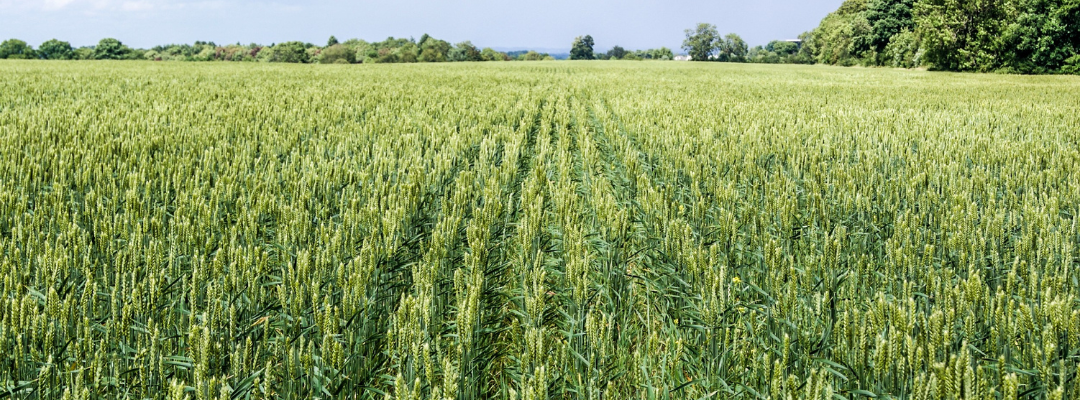Agriculture is a multi-generational industry, and it is a source of pride for many people in the sector. However, it is also a challenge we must navigate as we move our businesses from one generation to another. There are several hurdles to transitioning a farm business to the next generation, including legal, financial, and social. Initially, we often turn to lawyers and accountants with our questions. However, perhaps the first and most challenging obstacle is the communication needed to bring our families together for these major decisions.
Research in the area of transition planning suggests that there are four stages to go through: (1) development of a retirement plan, (2) identifying a successor, either family or non-family, (3) transferring managerial control, and (4) legal transfer (lawyer and accountant). Many farm transition planning workshops host a lawyer and/or accountant to answer questions and help farm families, but it may be interesting to know that this is the last step in the complete process and that we tend to get stuck on the first step more often than not.
The legal barriers to transitioning a farm require expert help and will vary by farm business, as will the tax implications for different asset bases and in different states. The financial barriers can either speed up or slow down transition plans as the available funds may affect the viability of bringing another person or family into the business. The social barriers will also vary and can include things like delaying a transition decision while waiting for a child to make career and/or marital choices. Marriages and divorces can complicate transition planning as well. Finally, it can be very hard for a farmer or rancher to give up their identity as a producer and control of business decisions by handing over the keys to another, even when it is the next generation of their family. The social barriers arise because farms are a unique intersection between families and businesses.
In conducting qualitative research in Alabama, we have talked to many farmers between the ages of 35 and 50 about their management styles and the issues that challenge them in their operations and lives. We are learning that transition planning is at the top of their minds but approaching the older generations who still own and/or control farm assets is not always easy. They don’t know how to start the conversation in a respectful way that keeps the line of communication open. It may be that encouraging them to attend a transition planning session put on by Extension or at a commodity meeting is one way to start the conversation. Another is asking a family friend to breach the topic, reminding them that time can slip away from them if this gets put off indefinitely. Maybe the first step is as simple as forwarding a copy of this article and asking them to share a conversation over a cup of coffee. Whatever your approach, it is a worthwhile thing to consider and discuss.
Taylor, Mykel, and Kelli Russell. “Talking about Transitioning our Farms and Ranches.” Southern Ag Today 5(14.1). March 31, 2025. Permalink







